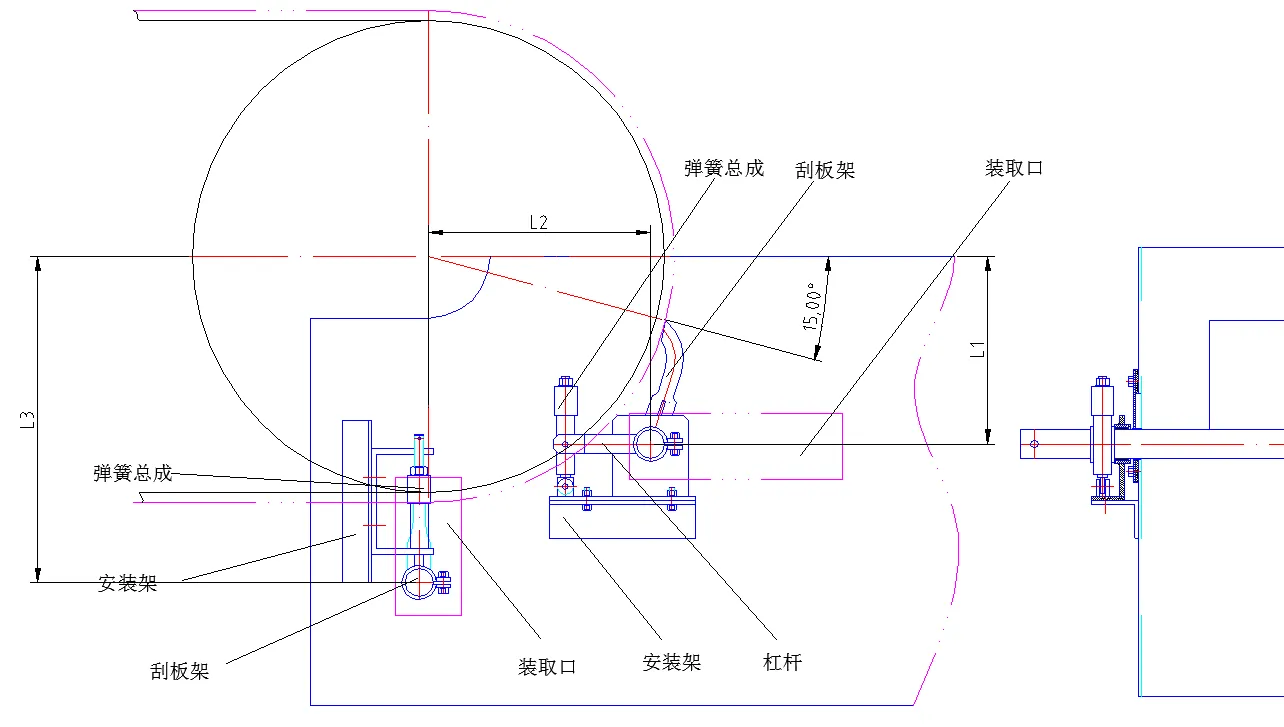 Afrikaans
Afrikaans  Albanian
Albanian  Amharic
Amharic  Arabic
Arabic  Armenian
Armenian  Azerbaijani
Azerbaijani  Basque
Basque  Belarusian
Belarusian  Bengali
Bengali  Bosnian
Bosnian  Bulgarian
Bulgarian  Catalan
Catalan  Cebuano
Cebuano  Corsican
Corsican  Croatian
Croatian  Czech
Czech  Danish
Danish  Dutch
Dutch  English
English  Esperanto
Esperanto  Estonian
Estonian  Finnish
Finnish  French
French  Frisian
Frisian  Galician
Galician  Georgian
Georgian  German
German  Greek
Greek  Gujarati
Gujarati  Haitian Creole
Haitian Creole  hausa
hausa  hawaiian
hawaiian  Hebrew
Hebrew  Hindi
Hindi  Miao
Miao  Hungarian
Hungarian  Icelandic
Icelandic  igbo
igbo  Indonesian
Indonesian  irish
irish  Italian
Italian  Japanese
Japanese  Javanese
Javanese  Kannada
Kannada  kazakh
kazakh  Khmer
Khmer  Rwandese
Rwandese  Korean
Korean  Kurdish
Kurdish  Kyrgyz
Kyrgyz  Lao
Lao  Latin
Latin  Latvian
Latvian  Lithuanian
Lithuanian  Luxembourgish
Luxembourgish  Macedonian
Macedonian  Malgashi
Malgashi  Malay
Malay  Malayalam
Malayalam  Maltese
Maltese  Maori
Maori  Marathi
Marathi  Mongolian
Mongolian  Myanmar
Myanmar  Nepali
Nepali  Norwegian
Norwegian  Norwegian
Norwegian  Occitan
Occitan  Pashto
Pashto  Persian
Persian  Polish
Polish  Portuguese
Portuguese  Punjabi
Punjabi  Romanian
Romanian  Russian
Russian  Samoan
Samoan  Scottish Gaelic
Scottish Gaelic  Serbian
Serbian  Sesotho
Sesotho  Shona
Shona  Sindhi
Sindhi  Sinhala
Sinhala  Slovak
Slovak  Slovenian
Slovenian  Somali
Somali  Spanish
Spanish  Sundanese
Sundanese  Swahili
Swahili  Swedish
Swedish  Tagalog
Tagalog  Tajik
Tajik  Tamil
Tamil  Tatar
Tatar  Telugu
Telugu  Thai
Thai  Turkish
Turkish  Turkmen
Turkmen  Ukrainian
Ukrainian  Urdu
Urdu  Uighur
Uighur  Uzbek
Uzbek  Vietnamese
Vietnamese  Welsh
Welsh  Bantu
Bantu  Yiddish
Yiddish  Yoruba
Yoruba  Zulu
Zulu Understanding the Functionality and Benefits of Snub Pulleys in Mechanical Systems
Understanding the Snub Pulley Importance and Applications
The snub pulley is a crucial component in many mechanical systems, particularly those involving the transmission of power and movement. Its design and functionality play a significant role in enhancing the efficiency and reliability of various machinery, particularly in the fields of manufacturing, construction, and even aerospace.
What is a Snub Pulley?
A snub pulley is primarily used to change the direction of a belt or rope in a belt drive system
. Unlike a regular pulley, which might only serve to transfer motion in a straight line, a snub pulley effectively redirects the movement, allowing for more flexible configurations of mechanical setups. It usually features a groove that helps keep the belt or rope in place, ensuring smooth operation and reducing the risk of slippage.These pulleys are typically smaller in size compared to other pulleys in the system, and their main purpose is to provide tension or increase the friction between the belt and the pulleys they interact with. This is essential in systems that require a tight grip on the belt to ensure that power is transmitted effectively from one point to another.
Applications of Snub Pulleys
Snub pulleys are commonly utilized in various applications. In the manufacturing sector, they are integral to conveyor belt systems, which transport materials and products efficiently across different stages of production. By redirecting the belt and maintaining tension, snub pulleys help prevent material loss and ensure a smooth flow of operations.
snub pulley

In the construction industry, snub pulleys can be found in cranes and hoisting equipment. They enable operators to maneuver heavy loads with precision, allowing for effective lifting and lowering of materials. With their ability to handle significant tension while redirecting forces, these pulleys play a vital role in ensuring safety and operational efficiency on job sites.
The aerospace industry also benefits from the use of snub pulleys, particularly in aircraft systems where weight reduction and reliability are paramount. These pulleys are integrated into control systems and can help manage the intricate network of cables that control various functions within an aircraft. By optimizing the direction and tension of these cables, snub pulleys contribute to the overall performance and safety of aviation operations.
Benefits of Using Snub Pulleys
One of the key benefits of implementing snub pulleys in mechanical systems is their ability to enhance efficiency. By effectively redirecting belts and maintaining tension, they minimize wear and tear on components, leading to longer service life and reduced maintenance costs. Moreover, their design allows for compact setups, making them suitable for environments where space is limited.
Another advantage is their contribution to safety. By ensuring that belts remain in place and reducing the risk of slippage, snub pulleys help prevent accidents and injuries that might arise from equipment failure. This reliability is crucial in high-stakes environments such as construction sites and aerospace applications.
Conclusion
In summary, snub pulleys are integral components that enhance the functionality of various mechanical systems across different industries. Their ability to redirect motion while maintaining tension makes them essential in ensuring efficient and safe operations. As technologies advance and the demand for innovative solutions grows, the role of snub pulleys will continue to be significant in shaping the future of mechanical design and engineering.
-
Revolutionizing Conveyor Reliability with Advanced Rubber Lagging PulleysNewsJul.22,2025
-
Powering Precision and Durability with Expert Manufacturers of Conveyor ComponentsNewsJul.22,2025
-
Optimizing Conveyor Systems with Advanced Conveyor AccessoriesNewsJul.22,2025
-
Maximize Conveyor Efficiency with Quality Conveyor Idler PulleysNewsJul.22,2025
-
Future-Proof Your Conveyor System with High-Performance Polyurethane RollerNewsJul.22,2025
-
Driving Efficiency Forward with Quality Idlers and RollersNewsJul.22,2025





























